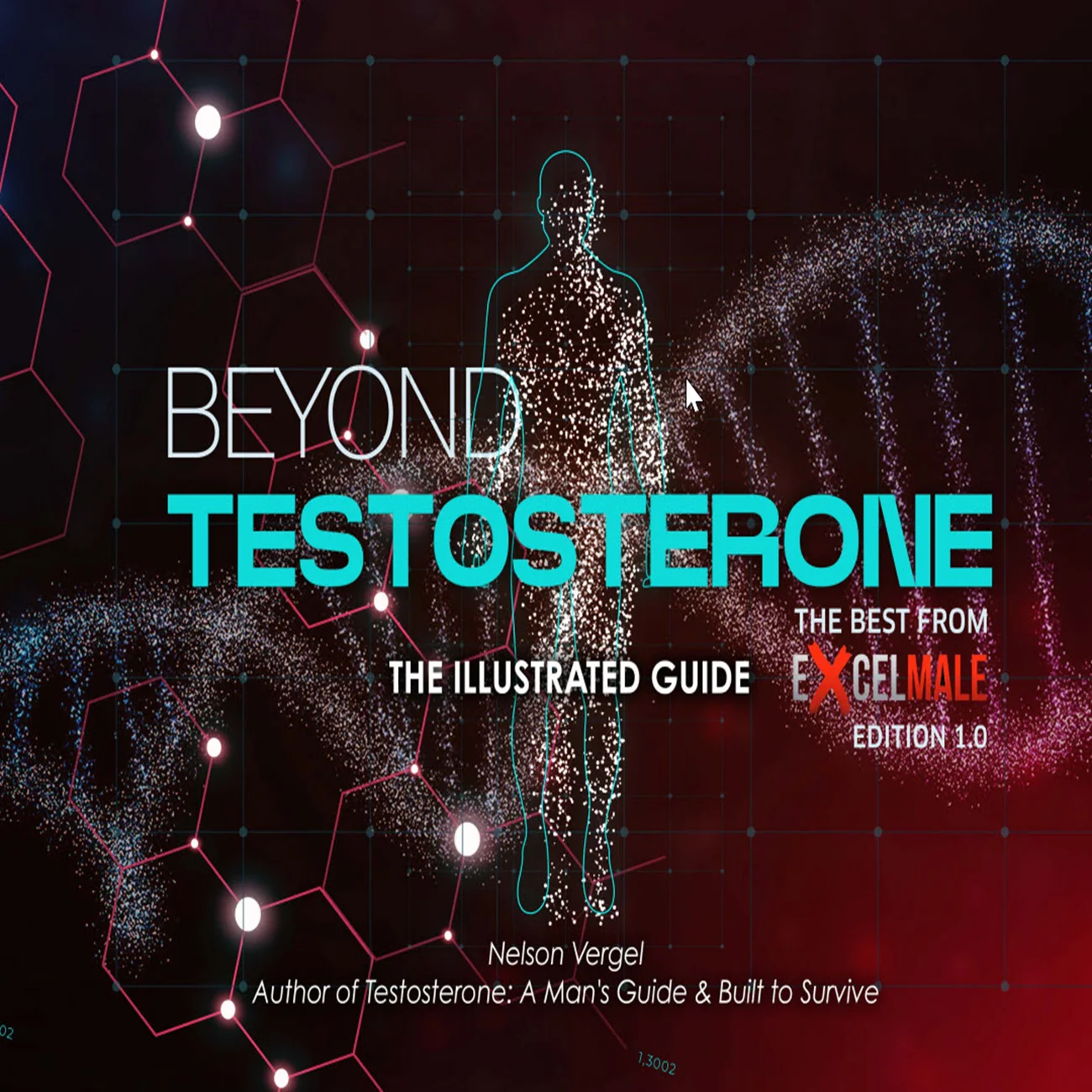Nelson Vergel
Founder, ExcelMale.com
This article is a systematic review investigating the relationship between physical activity and sexual function in adults, drawing from multiple studies to synthesize existing evidence. It specifically examines the impact of exercise on erectile function in men, where consistent aerobic activity shows promise as a non-pharmacological intervention. The review also acknowledges the limited research on females, highlighting a gap in understanding how physical activity affects their sexual function. Ultimately, it suggests that health policymakers should advocate for exercise as a preferred alternative to drug-based treatments for improving sexual health in both genders.
 www.ncbi.nlm.nih.gov
www.ncbi.nlm.nih.gov
A Systematic Review on the Relationship Between Physical Activity and Sexual Function in Adults - PMC
Sexual function is a vital component of overall well-being and quality of life. Physical activity is known to have a profound influence on various aspects of health, but its impact on sexual function in the general population remains an ...
Last edited:












